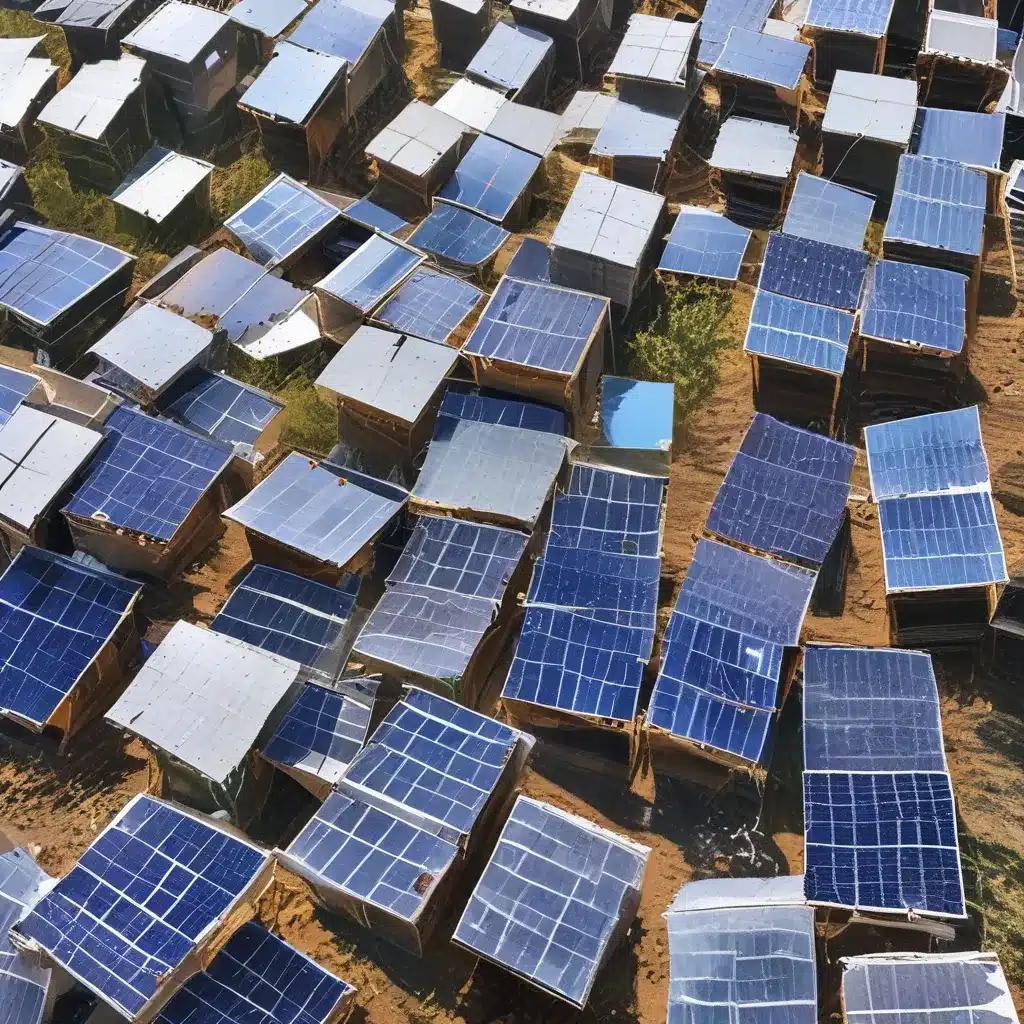
Solar Panel Recycling and Disposal Laws: What You Need to Know
The Surprising Hail Disaster That Woke Me Up
It was a sunny afternoon last June when I got the call. “Julie, there’s been a massive hailstorm at our solar farm in Nebraska. Over half the panels are destroyed.” My heart sank. I knew we had to act fast, but I had no idea where to even start.
As the owner of a solar energy solutions company, SolarAS Systems Inc., I’d always prided myself on being prepared. We had detailed plans for panel maintenance, system upgrades, even emergency response. But when it came to disposing of damaged or end-of-life panels, I realized I was flying blind.
That day taught me a hard lesson: solar panel recycling and disposal is a complex and ever-evolving landscape of regulations that every solar energy provider needs to understand. And if you don’t have a plan in place, you could be facing steep fines and compliance headaches when disaster strikes.
The Ticking Time Bomb of Solar Waste
As you probably know, solar is booming in the U.S. In 2020, solar panels provided about 40% of new U.S. electric generation capacity, up from just 4% in 2010. Overall, 33% of electricity in the United States was produced using solar technologies that year.
That’s fantastic news for the clean energy transition. But it also means we’re sitting on a ticking time bomb of solar waste. According to the International Renewable Energy Agency (IRENA), the United States is expected to have as much as 10 million tons of end-of-life solar panels by 2050 – the second-largest amount in the world.
And it’s not just old panels that are piling up. Extreme weather events like the hailstorm that hit my Nebraska farm are becoming more frequent, destroying panels before their time. In fact, a recent study found that hail accounts for 54% of solar loss claims, averaging close to $60 million per claim.
The bottom line is, solar waste is a growing problem that every solar energy provider needs to take seriously. And at the heart of that problem are the complex web of federal, state, and local regulations around panel recycling and disposal.
Navigating the Hazardous Waste Minefield
When it comes to solar panel waste, the key distinction is whether the panels are considered “hazardous” or not under the Resource Conservation and Recovery Act (RCRA), which is overseen by the EPA.
The EPA explains that solar panels can contain small amounts of valuable metals like silver and copper, as well as potentially harmful substances like lead and cadmium. If these materials leach out at high enough levels, the panels could be classified as hazardous waste.
And that’s a big deal, because hazardous waste has to be handled and disposed of in a very specific (and expensive) way under RCRA. Mismanaging hazardous solar waste can result in hefty fines from the EPA.
The tricky part is that hazardousness can vary widely even within the same model or manufacturer. As Dwight Clark from recycling company We Recycle Solar explains, “Many solar panels include materials that could qualify them as hazardous waste. Things that make a solar panel hazardous waste could be if a cadmium telluride (CdTe) panel leaches lead.”
So before you can even think about disposing of your solar panels, you have to test a representative sample to see if they’re hazardous or not. And that’s a process that can be both time-consuming and expensive.
The Universal Waste Loophole
Fortunately, there may be a way to simplify the disposal process – at least in some states. In 2023, the EPA announced it’s working on a new rule that would add solar panels to the “universal waste” regulations.
Universal waste is a special category under RCRA for frequently generated, low-hazard wastes like fluorescent light bulbs. It comes with more flexible handling and disposal requirements, and a one-year window to properly recycle or dispose of the waste before facing fines.
Some states, like California, have already taken this step on their own. So if you’re operating in one of those states, the disposal process could be a bit smoother. But even then, you’d still have the option to test your panels and prove they’re not hazardous – which could save you money on disposal costs.
Developing a Decommissioning Plan
Whether your panels are hazardous or not, the smartest thing you can do is develop a comprehensive decommissioning plan for your solar energy project. And you’ll want to start working on that plan long before you actually need it.
Your decommissioning plan should cover everything from how you’ll safely remove and store damaged or end-of-life panels, to what recyclers or disposal facilities you’ll use, to how you’ll cover the associated costs. And you’ll want to review and update that plan regularly as regulations and best practices evolve.
Having that plan in place will give you peace of mind – and it could save you a ton of headaches (and money) down the road. After all, the last thing you want is to be scrambling to figure out panel disposal when disaster strikes.
The Hidden Value in Solar Waste
One final thought: while solar panel disposal may seem like a hassle, there’s actually hidden value in all that waste. Many of the materials used in panels, like silver and copper, can be recycled and reused.
So partnering with the right recycler isn’t just about compliance – it’s also an opportunity to recover and repurpose those valuable materials. It’s a win-win for the environment and your bottom line.
At the end of the day, solar panel recycling and disposal may not be the most glamorous part of the clean energy transition. But it’s a critical piece of the puzzle – one that every solar provider needs to have a solid handle on. With the right plan and the right partners, you can navigate the complexities with confidence and turn your solar waste into a valuable resource.


